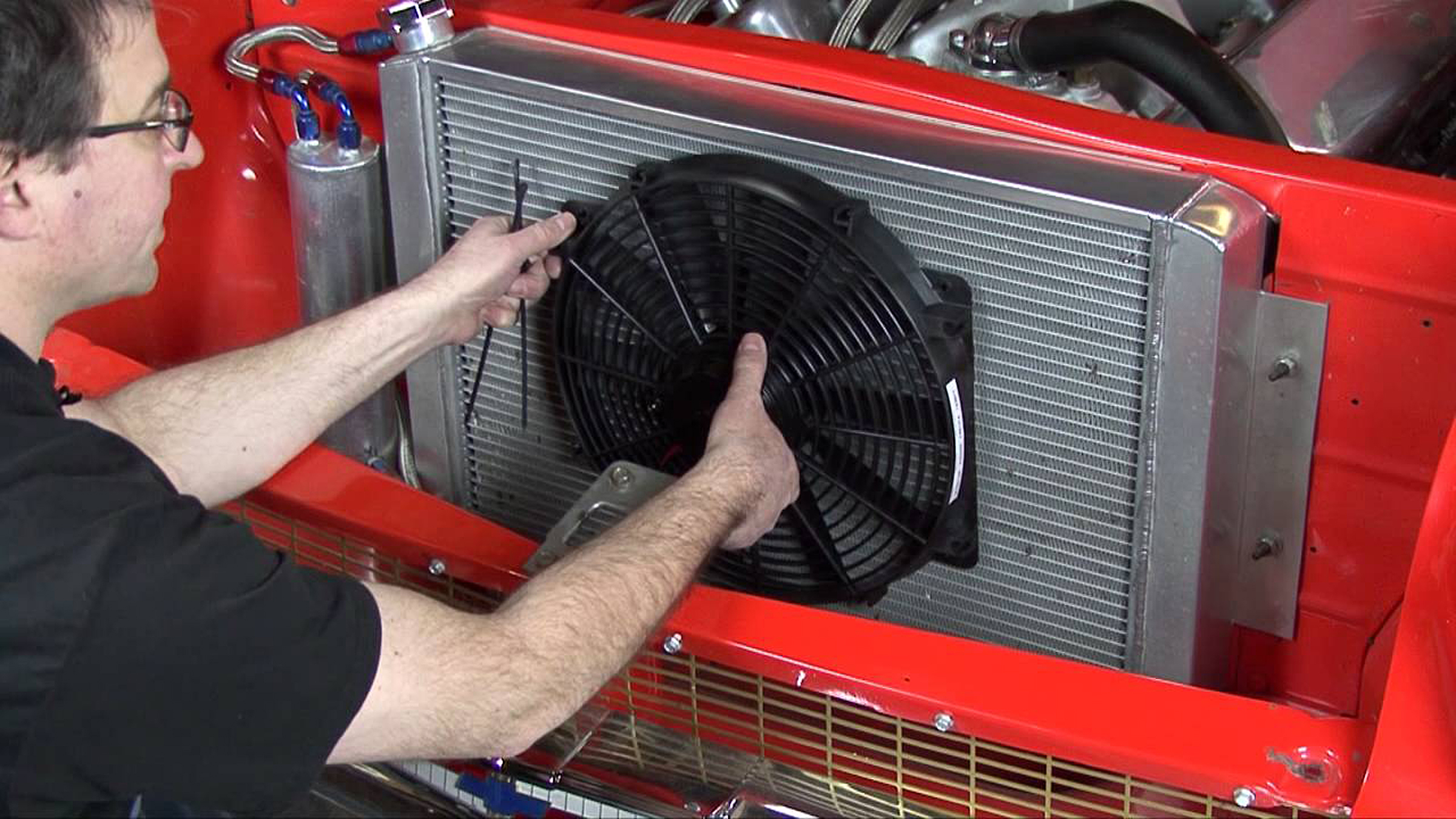

Articles
How To Tell If Radiator Fan Is Bad
Modified: May 6, 2024
Learn how to determine if your radiator fan is faulty with this helpful guide. Explore useful articles on radiator fan troubleshooting and maintenance for optimal performance.
(Many of the links in this article redirect to a specific reviewed product. Your purchase of these products through affiliate links helps to generate commission for Storables.com, at no extra cost. Learn more)
Introduction
A radiator fan plays a crucial role in keeping the engine of a vehicle cool. It helps to regulate the temperature by pulling air through the radiator to dissipate heat. However, just like any other component of a car, the radiator fan can go bad over time. A faulty radiator fan can lead to overheating, which can cause severe damage to the engine.
In this article, we will explore the signs of a bad radiator fan and guide you through the process of testing and replacing it. By understanding the symptoms and taking appropriate action, you can ensure the longevity and proper functioning of your vehicle’s cooling system.
So, if you’ve been noticing any unusual behavior in your car’s temperature or suspect that your radiator fan may be malfunctioning, read on to learn how to tell if your radiator fan is bad and what steps you can take to address the issue.
Key Takeaways:
- Signs of a Bad Radiator Fan
Recognize signs like overheating, unusual noises, power loss, vibration, and fan not running to diagnose a faulty radiator fan early and prevent engine damage. - Testing and Replacing a Bad Radiator Fan
Test the fan’s functionality through visual inspection, temperature gauge monitoring, AC test, and hot-wiring. If faulty, follow steps to safely replace it and restore your vehicle’s cooling system.
Read more: How To Tell If Insulation Is Bad
Signs of a Bad Radiator Fan
A malfunctioning radiator fan can result in various warning signs, indicating that it may need to be replaced. Being aware of these signs can help you diagnose the issue early on and prevent further damage to your vehicle’s engine. Here are some common symptoms of a bad radiator fan:
- Overheating: One of the primary signs of a bad radiator fan is consistent engine overheating. If you frequently notice the temperature gauge rising above normal operating levels or if there are steam or coolant leaks under the hood, it’s likely that the radiator fan is not working properly.
- Unusual Noises: A faulty fan may produce unusual noises, such as grinding or squealing sounds. These noises could indicate a problem with the fan motor or the fan blades hitting against something.
- Engine Power Loss: A failing radiator fan can affect the overall performance of your vehicle’s engine. If you experience a noticeable decrease in power or sluggish acceleration, it may be a result of the engine overheating due to a malfunctioning fan.
- Excessive Vibration: When a radiator fan is going bad, you may feel excessive vibration or shaking in the vehicle, especially at idle or when the fan is running at high speeds. This could be an indication of worn-out motor bearings or imbalanced fan blades.
- Fan Not Running: If you observe that the fan is not running at all, even when the engine gets hot, it is a clear indication of a problem. This could be due to a faulty fan motor, a blown fuse, or a wiring issue.
It’s important to note that these signs may also be indicative of other cooling system problems. Therefore, it is recommended to consult a professional mechanic to accurately diagnose and address the issue.
Next, we will discuss how you can test your radiator fan to confirm if it’s indeed faulty.
Testing the Radiator Fan
Before replacing a radiator fan, it’s essential to ensure that it’s the root cause of the problem. Here are a few steps you can follow to test the functionality of your radiator fan:
- Engine Inspection: Start by inspecting the engine and radiator fan visually. Check for any visible damages, such as broken fan blades or loose connections. Make sure the fan spins freely when the engine is off.
- Temperature Gauge: Turn on your vehicle and let it idle while monitoring the temperature gauge closely. The gauge should gradually rise and then stabilize within the normal range. If the temperature rises above the normal range and the fan does not kick in, it may indicate a problem.
- Air Conditioning Test: Turn on your vehicle’s air conditioning and observe if the radiator fan kicks in. The fan should activate when the AC is running to help cool down the engine. If the fan does not engage, it could indicate a malfunction.
- Hot-wiring Test: If you have some knowledge of electrical systems, you can perform a hot-wiring test to determine if the fan motor is functional. Use a jumper wire to connect the positive terminal of the battery to the positive wire of the radiator fan. If the fan starts running, it indicates that the motor is operational.
These tests can provide an initial assessment of the radiator fan’s condition. However, keep in mind that it’s always best to consult a professional mechanic to obtain an accurate diagnosis.
If the tests reveal that your radiator fan is indeed faulty, it’s time to proceed with replacing it. We will outline the steps to replace a bad radiator fan in the next section.
If your radiator fan is not working, check the fuse, relay, and fan motor for any signs of damage or malfunction. You can also test the fan by directly applying power to it to see if it spins.
Steps to Replace a Bad Radiator Fan
Replacing a bad radiator fan may seem daunting, but with the right tools and some basic knowledge, it can be done. Follow these steps to replace a faulty radiator fan:
- Gather the Necessary Tools: Before starting, gather the tools you’ll need, including a wrench or socket set, pliers, screwdrivers, and a new radiator fan compatible with your vehicle’s make and model.
- Disconnect the Battery: To ensure your safety, disconnect the negative terminal of the battery to prevent any electrical mishaps during the replacement process.
- Drain the Coolant: To access the radiator fan, you may need to drain the coolant. Consult your vehicle’s manual for instructions on how to properly drain the coolant system.
- Remove the Old Fan: Locate the radiator fan assembly and disconnect any electrical connectors or wiring harnesses connected to the fan. Remove the mounting bolts or clips that secure the fan in place and carefully remove the old fan from the radiator.
- Install the New Fan: Take your new radiator fan and align it with the mounting position on the radiator. Secure it in place using the appropriate bolts or clips.
- Reconnect Electrical Connections: Reconnect any electrical connectors or wiring harnesses that were disconnected from the old fan to the new fan.
- Refill the Coolant: Once the new fan is securely installed, refill the coolant system with the appropriate coolant mixture as per your vehicle’s specifications.
- Test the New Fan: Start your vehicle and let it idle while monitoring the temperature gauge and the operation of the new radiator fan. Ensure that the fan engages when the engine reaches the required temperature.
It’s worth noting that the specific steps may vary depending on your vehicle’s make and model. Therefore, it’s always advisable to consult your vehicle’s manual or seek professional assistance if you’re unsure about any step of the replacement process.
By following these steps, you can replace a bad radiator fan and restore your vehicle’s cooling system to its optimal functionality.
Conclusion
A bad radiator fan can lead to engine overheating, which can cause severe damage to your vehicle. It’s important to be able to identify the signs of a malfunctioning radiator fan early on and take appropriate action to address the issue. By testing the radiator fan and replacing it if necessary, you can ensure the proper functioning of your vehicle’s cooling system and prevent costly repairs down the line.
In this article, we discussed the signs of a bad radiator fan, including engine overheating, unusual noises, engine power loss, excessive vibration, and the fan not running. We also outlined the steps to test the radiator fan and explained how to replace it if needed.
Remember, safety should always be a priority when working on your vehicle. If you’re not confident in your abilities or if you’re faced with a complex issue, it’s best to seek professional assistance from a qualified mechanic.
Regular maintenance and inspections of your vehicle’s cooling system are essential to prevent radiator fan issues. Be sure to follow the manufacturer’s recommended maintenance schedule and check for any signs of cooling system problems during routine inspections.
With proper care and attention, you can keep your radiator fan in good working condition and ensure the longevity and performance of your vehicle’s engine.
Always prioritize the health and maintenance of your vehicle’s cooling system to avoid any unforeseen breakdowns and to have a smooth and worry-free driving experience.
Finished troubleshooting that radiator fan? Next, learn how to tackle another common household project. Replacing your bathroom's old fan with a newer model that includes a light can brighten up the space and improve ventilation. Don't miss out on our easy-to-follow guide for this essential upgrade!
Frequently Asked Questions about How To Tell If Radiator Fan Is Bad
Was this page helpful?
At Storables.com, we guarantee accurate and reliable information. Our content, validated by Expert Board Contributors, is crafted following stringent Editorial Policies. We're committed to providing you with well-researched, expert-backed insights for all your informational needs.

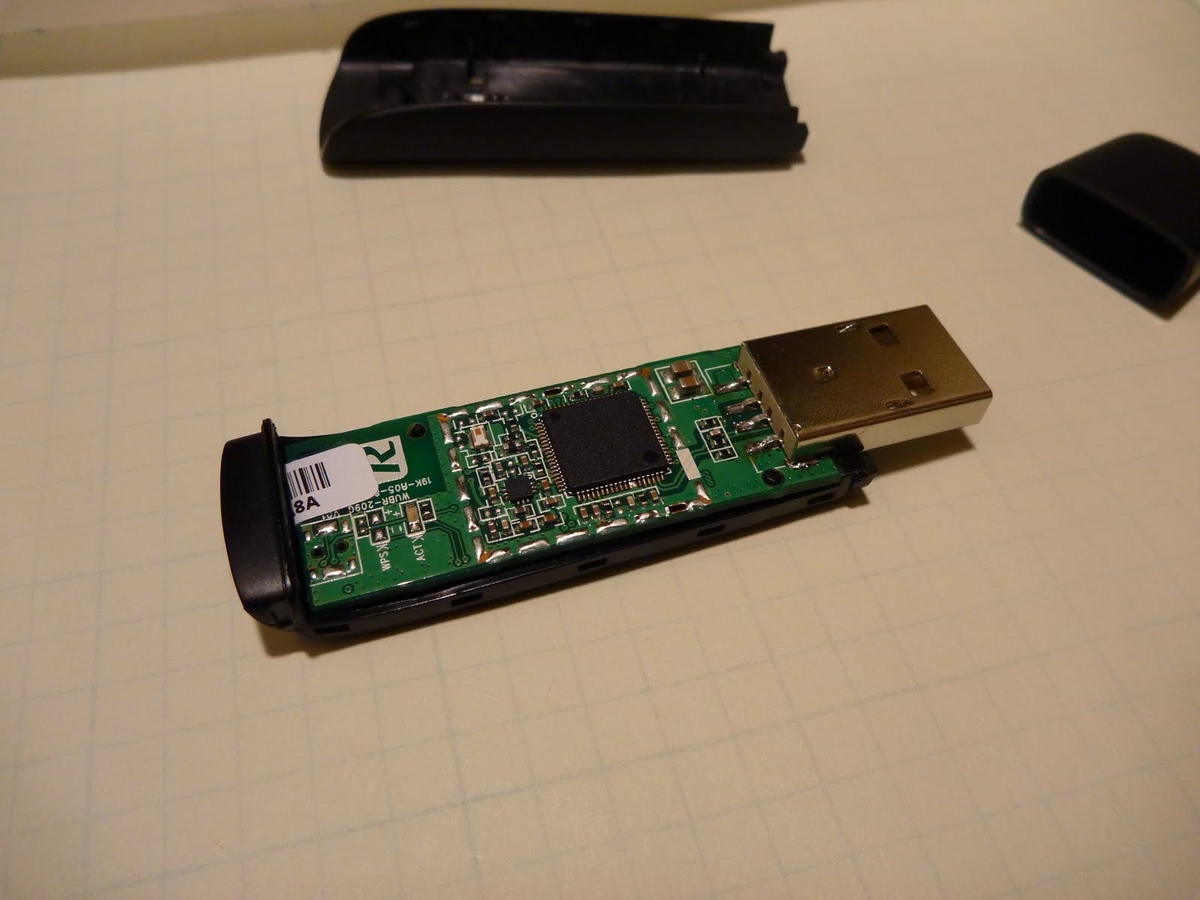

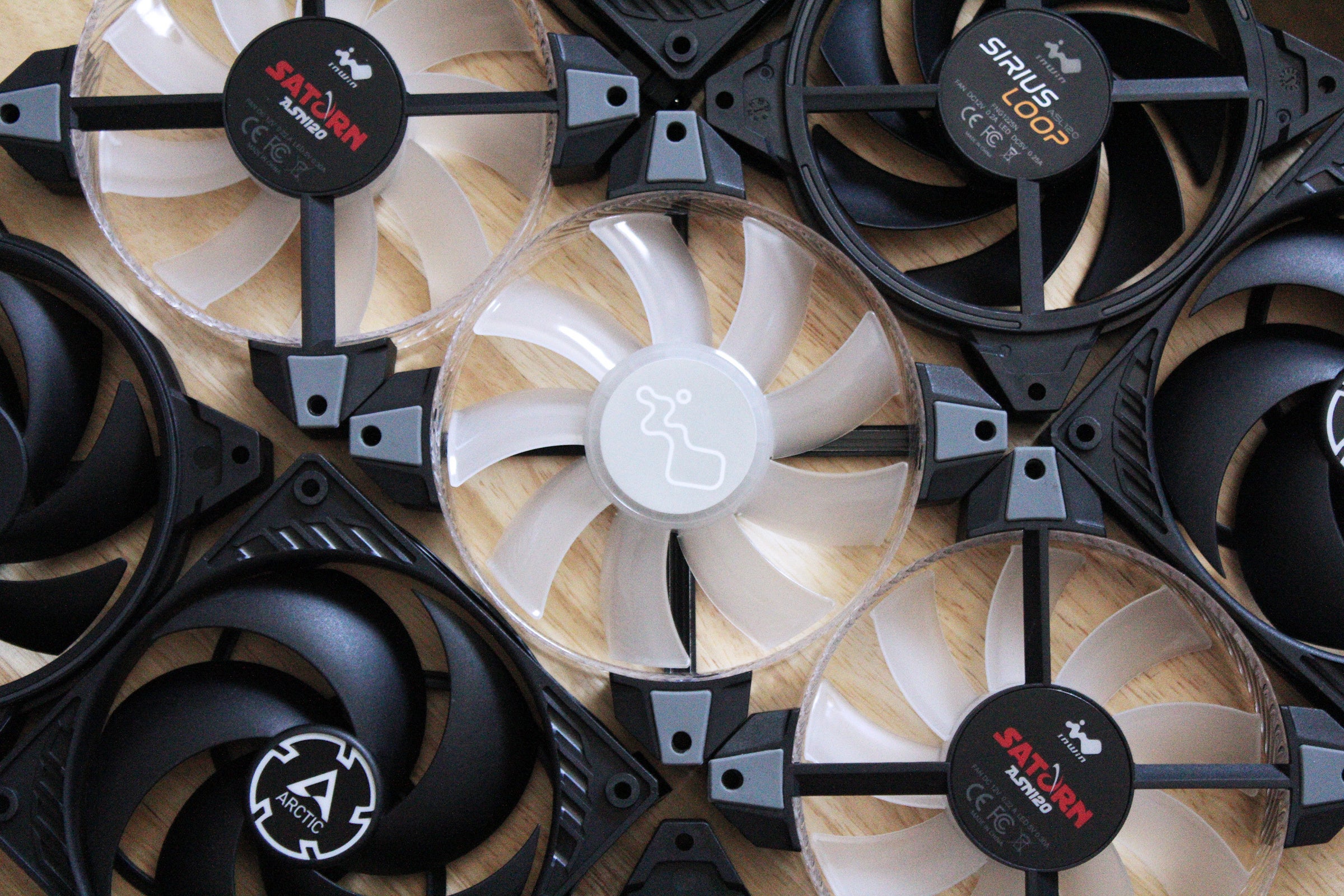
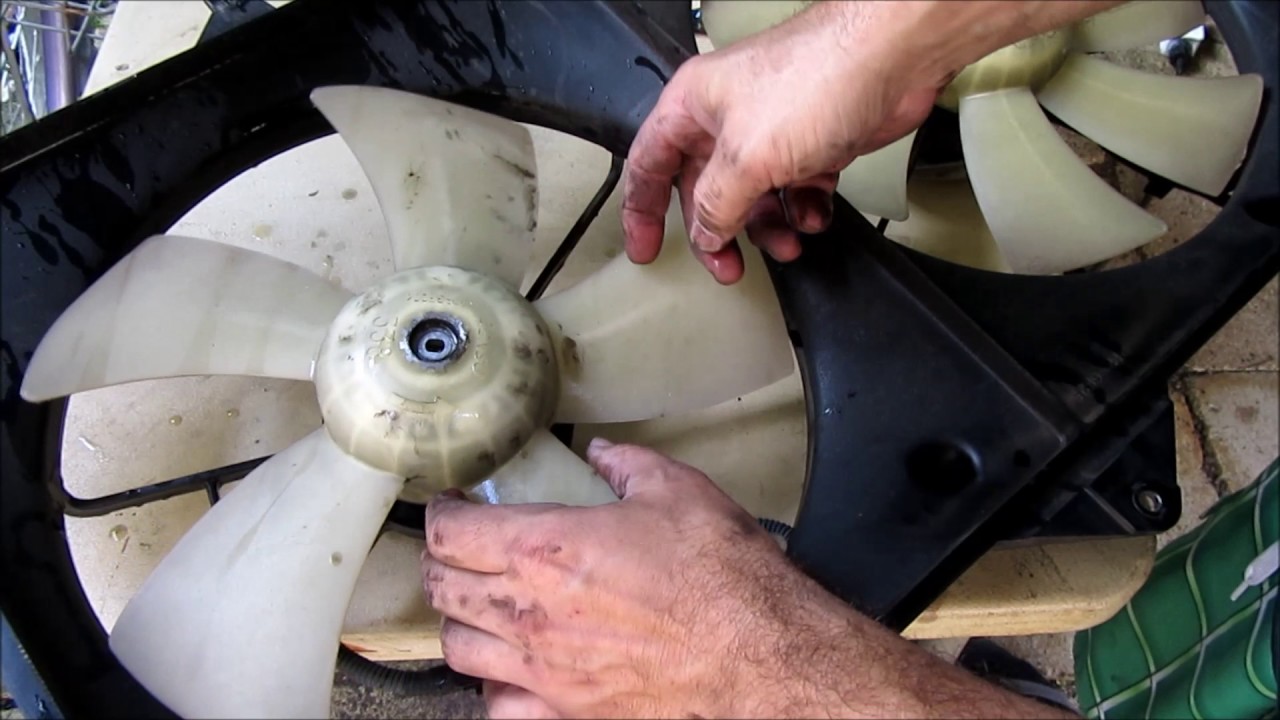

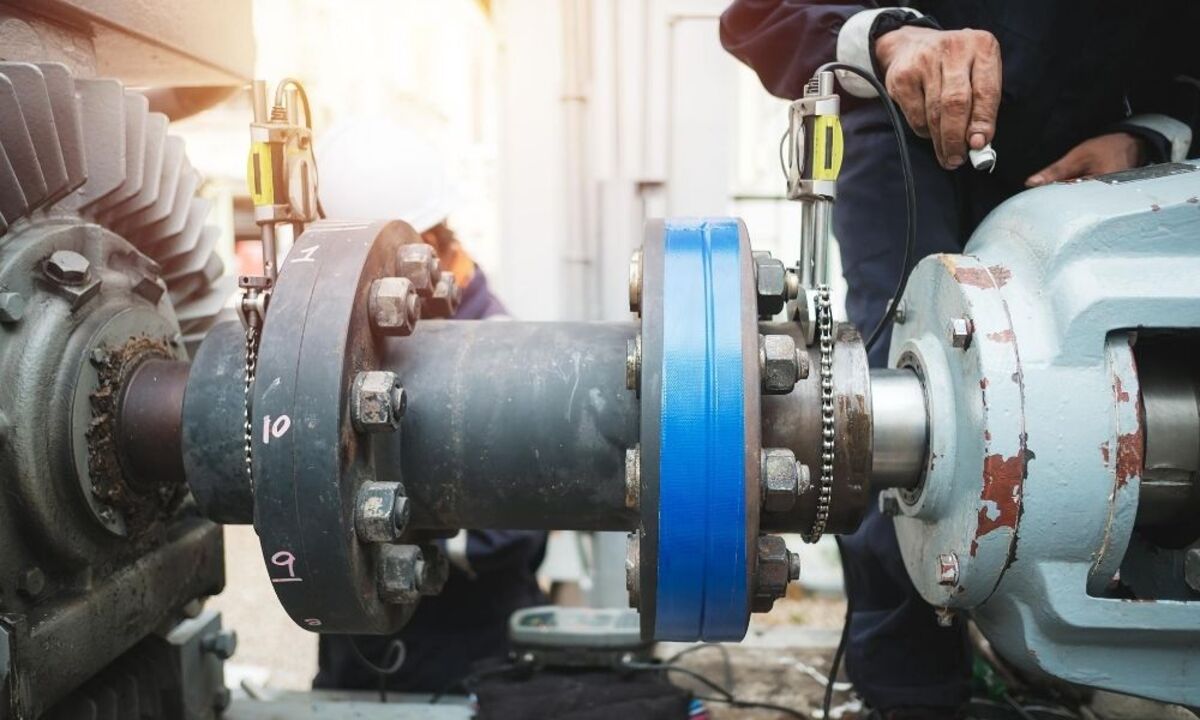

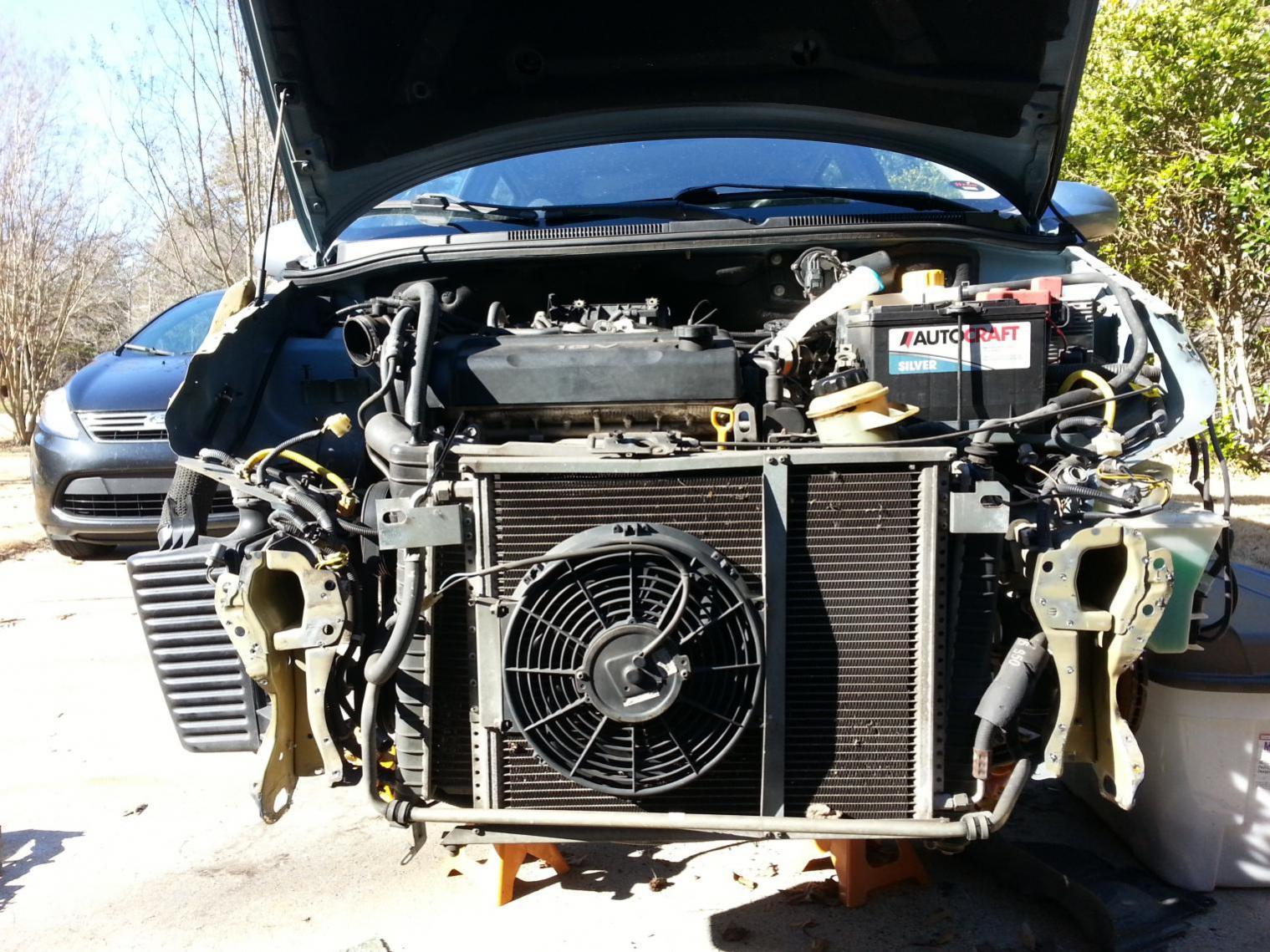
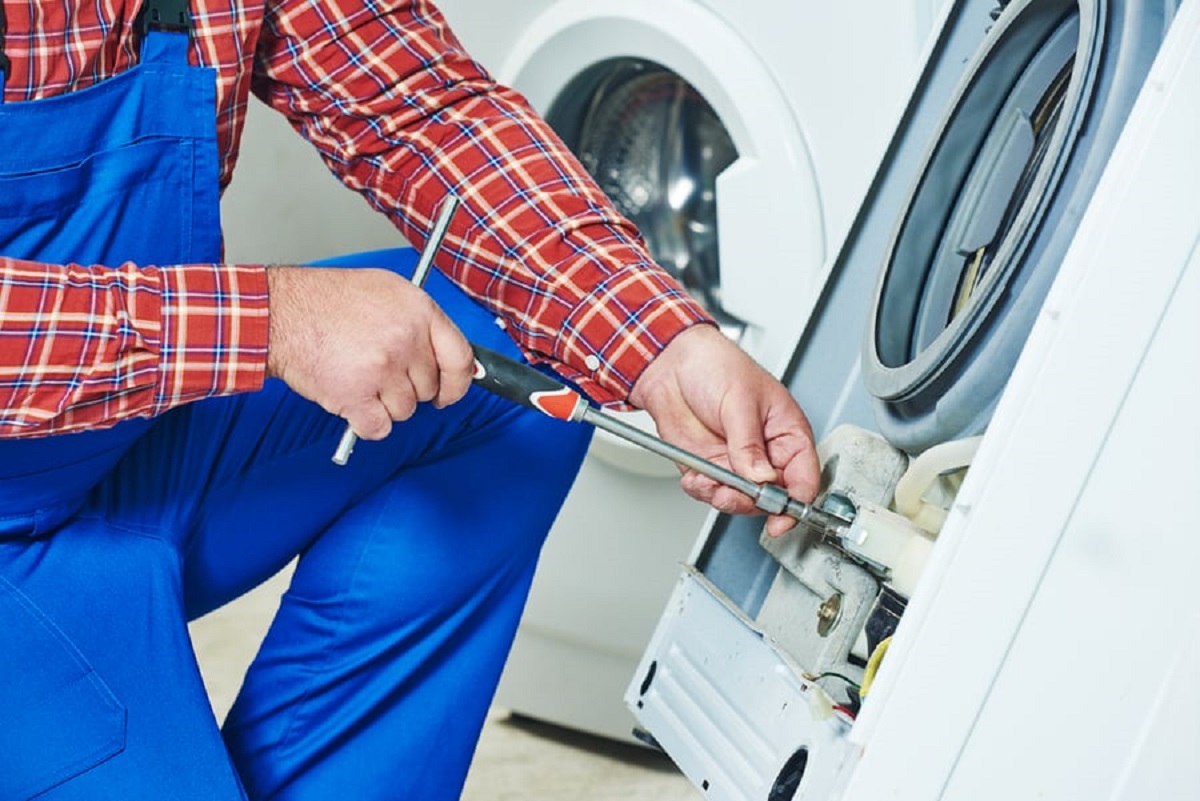

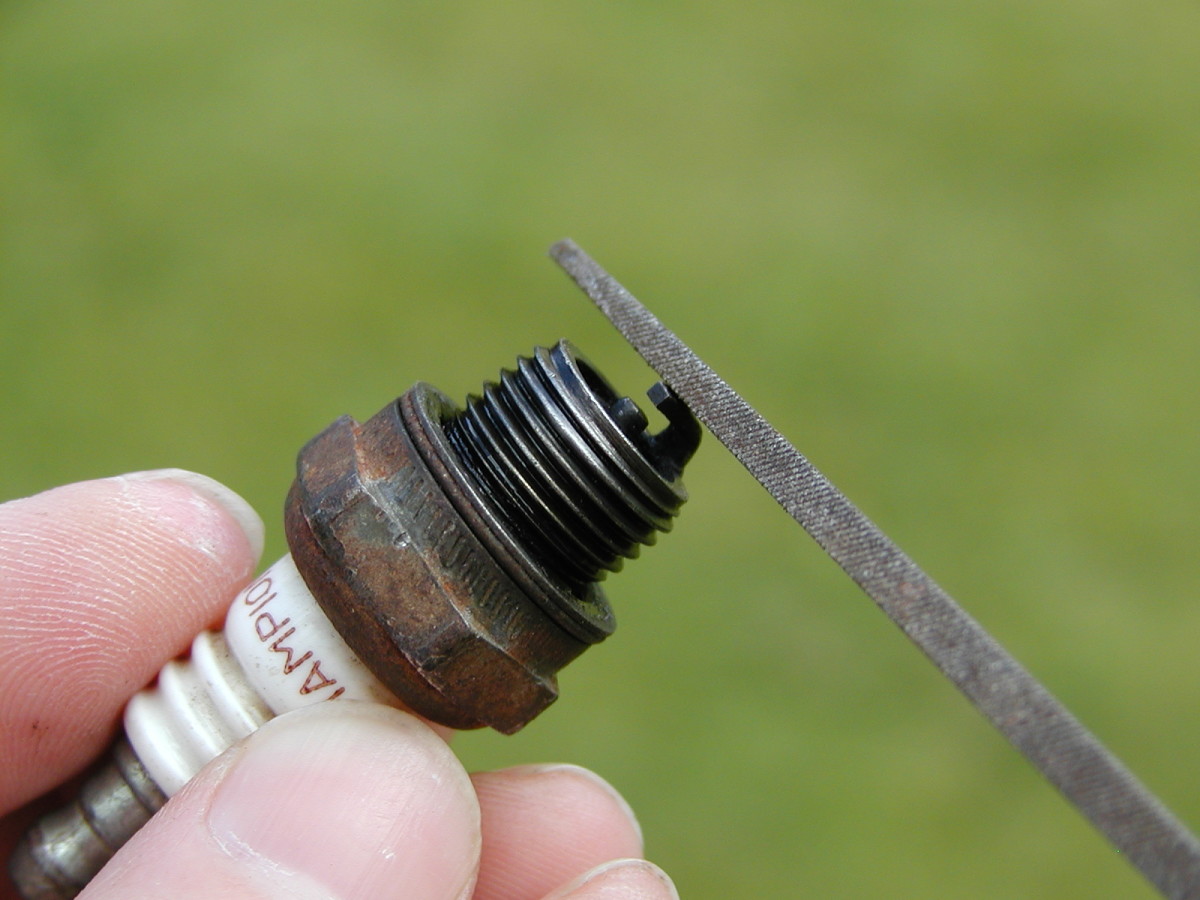
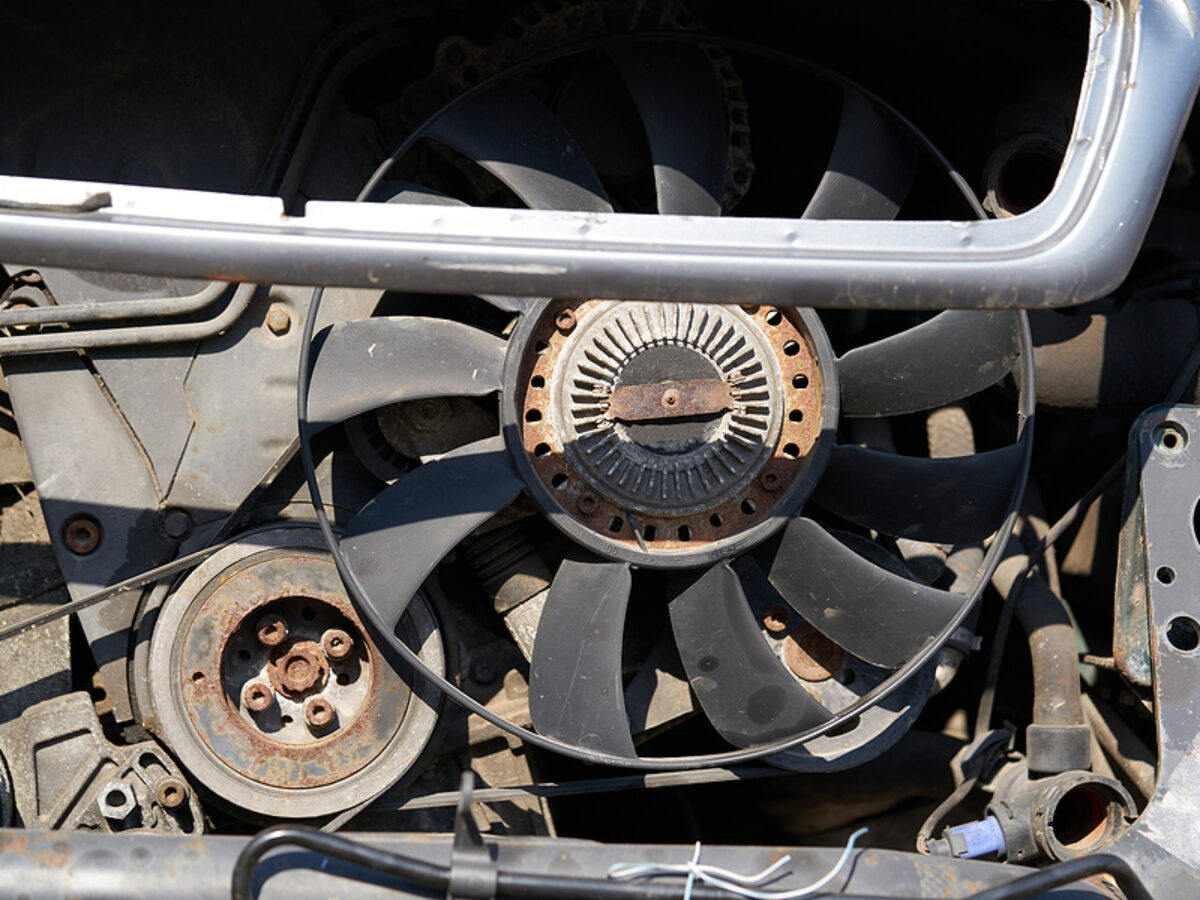
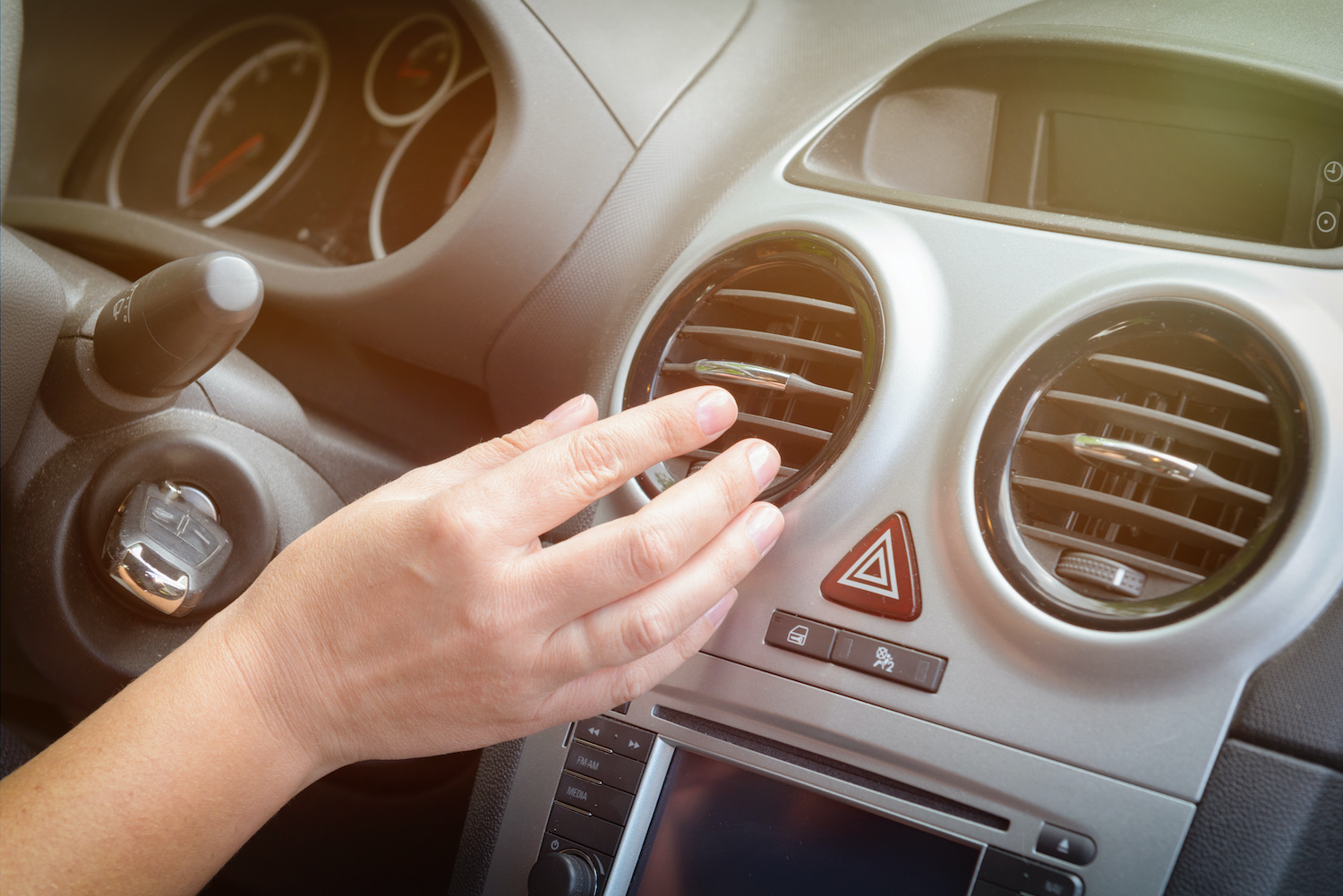
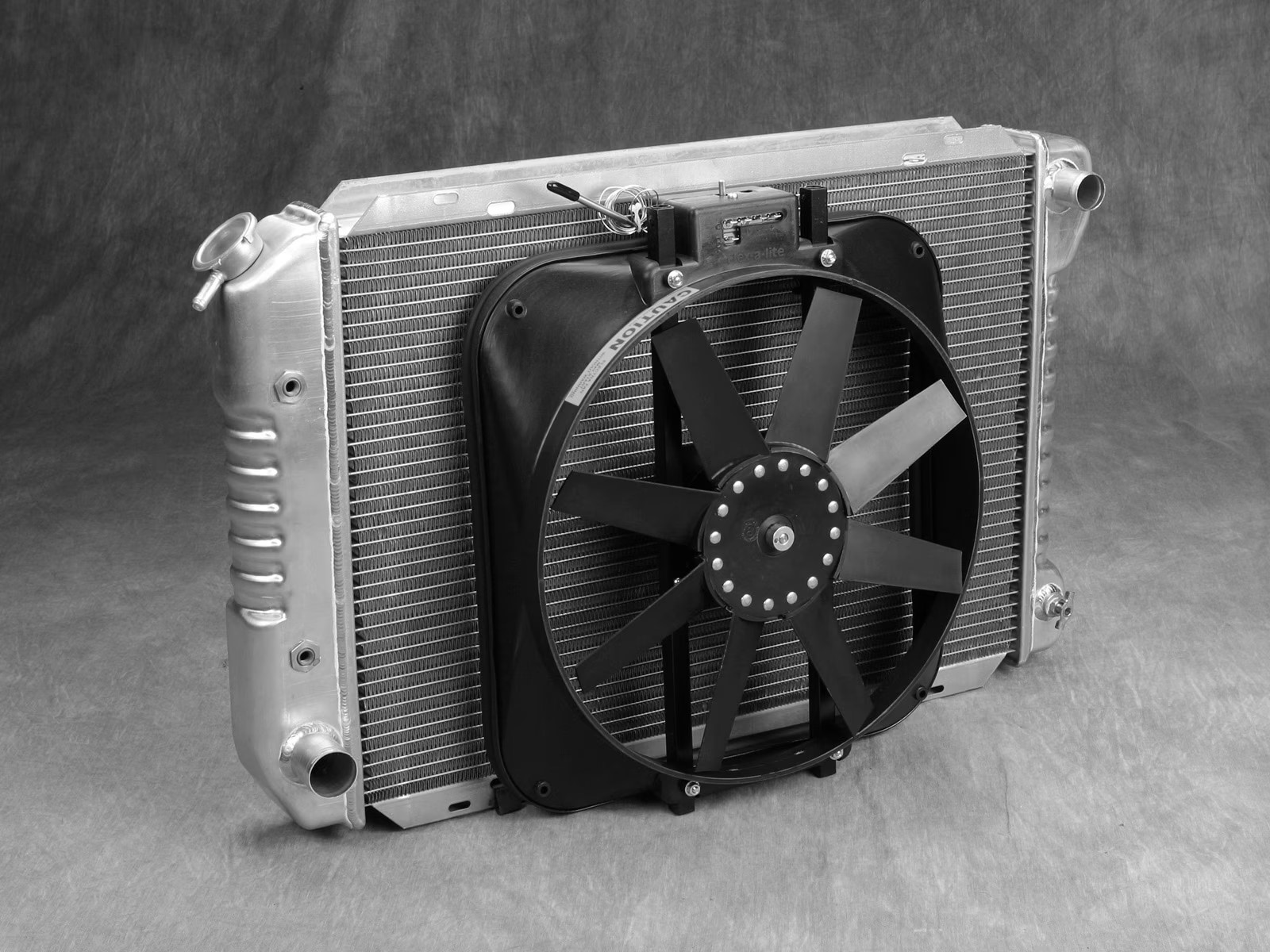

0 thoughts on “How To Tell If Radiator Fan Is Bad”